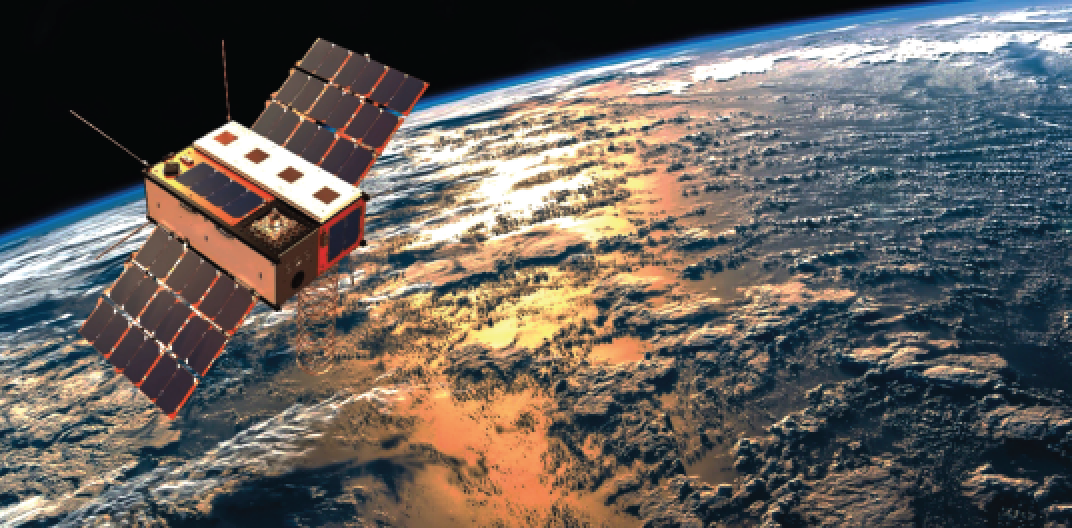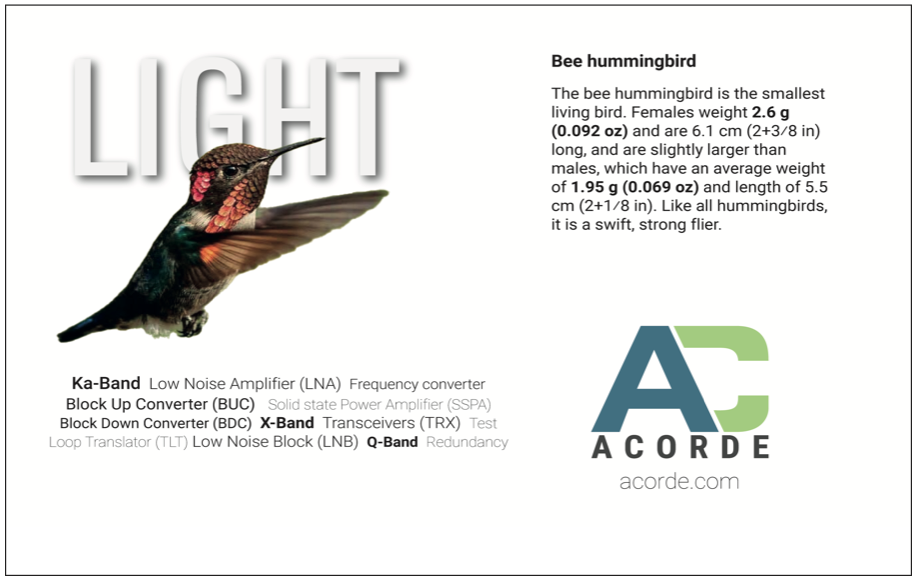An increasing number of small satellite missions make use of multiple spacecraft, usually through constellations with scheduled replenishment. Each new addition to the system often involves the development of new mission capabilities or satellite platforms, making this process progressively more challenging to efficiently maintain and support these applications.

Only a few years ago, space companies tended to be vertically integrated and develop their technology in-house. However, as the New Space market has matured, we have seen a significant surge in industry vendors and suppliers who specialize in specific parts of satellite manufacturing, launch and operations and offer innovative engineering to the market.
Cutting-edge and highly specialized technology, often at lower cost, was a godsend for satellite owners and developers, but it also meant that many of them ended up managing numerous spacecraft with different capabilities, different hardware systems or even from different manufacturers. Although this may be a lucrative tactic from the cost point of view, the complexity of managing and operating such a constellation is a significant challenge.
The Software Challenge

The more complex the space system becomes as it scales up, the more challenging it is to efficiently manage this constant process of change. Any modification needs to be accounted for — not only during the development stage, but also throughout the life on-orbit — as new satellites, capabilities, and hardware are added to the fully functioning constellation.
An Alternative Approach
Bright Ascension is a leading space software technology provider in the New Space industry. Over the past 11 years, the company has powered an impressive variety of more than 40 missions with flight and ground software products. Bright Ascension’s team has now embarked on a new journey to develop an innovative new suite of products that promises to revolutionize the software development approach and create an end-to-end infrastructure to efficiently manage a complex space system.
The Technical Solution
The new product suite is based on Bright Ascension’s innovative and flight- proven GenerationOne technology that is both modular and model-based. Combined, these two elements create a powerful foundation for re-shaping the traditional software development approach.

“Modular” aspect means that all products in the suite are based on reusable components, designed to create limitless combinations of software units, like constructing with building blocks. These components can be library-based, available with the product, and cover any standard functionality. Or they can be completely bespoke, created for unique mission-specific capabilities. Combining components like building blocks means that any software package can be developed much quicker, with greater reliability and at a lower cost.
But it’s the “model-based” aspect of GenerationOne that really makes the new product suite stand out. The software generates a machine-readable overview of the system which automatically captures any change and shares it across the entire software infrastructure. For example, if there is any change on the flight side – e.g., a software update or new hardware or even a new spacecraft – the operations software can automatically “see” the new elements without the need for manual configuration.

Real Mission Application
Let’s say you manage and develop a small constellation to provide communication services or Earth Observation (EO) data to customers on the ground. As you are building a new cluster of spacecraft, you recognize the need for additional software functionality.
You also discover brand new cutting-edge hardware technology that you would like to try — even if that means a completely new OBS on your spacecraft. Finally, you find out that some of the hardware you previously used is discontinued and must be replaced. Typically, in order to implement these changes for your next mission you would need to start software development from scratch and ensure it integrates into your fully functioning and operating space system, which is a mammoth task in itself.
Bright Ascension’s new product suite will significantly simplify these processes. The modular structure of the software means that components written for one spacecraft can be easily reused on another and combined in new ways to achieve new functionality, so you do not have to start from the ground up and waste invaluable time, effort, and cost.
Once ready, the new software package needs to be integrated into your space system. Being model-based, the constellation will automatically “see” the new additions and reflect them across the entire ground-space system with almost zero configuration on your part.

Bright Ascension has completed the hard work for you. Their end-to-end product suite helps you get it right from the very beginning and create a software infrastructure that is easy to manage, scalable, future-proof and designed to grow with your space system without unexpected surprises and unmitigated risks.
The Next Steps
Bright Ascension’s end-to-end software suite will contain 9 highly-integrated products and will cover the entire end-to-end value chain – from developing, testing, flying, and operating a spacecraft to managing system performance and delivering space-based data to end users.

The early release of the first product in the suite is expected in October 2023 and Bright Ascension plans to release more information and reveal product names, functionality and first screenshots at the Smallsat Conference in Logan, Utah, in August.
brightascension.com
Author Dr. Peter Mendham is the Chief Executive Officer at Bright Ascension.


